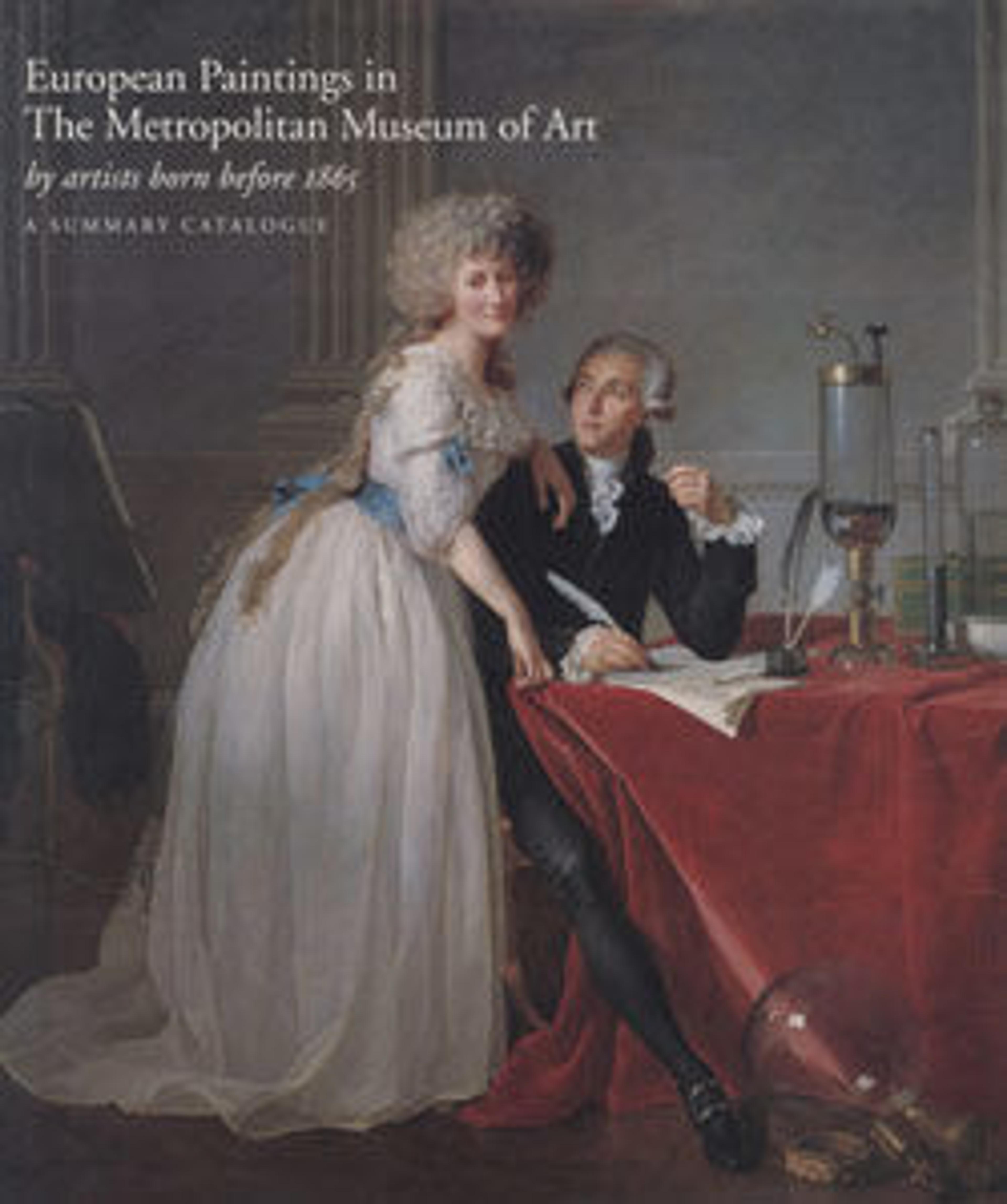The Sacrifice of Polyxena
Polyxena was the youngest daughter of Priam, King of Troy. According to a Greek tragedy by Euripides (ca. 480–406 B.C.), she was sacrificed on an altar over the grave of Achilles, whose death she had caused. Romanelli was a prominent painter in Rome and one of the most successful pupils of Pietro da Cortona. This painting is part of a series of classically inspired canvases depicting Ulysses, Cleopatra, Venus, and Polyxena. They were created for Lorenzo Chigi, Marquess of Montoro. The other pictures from the group are now in the Chrysler Museum, Norfolk, Virginia; the Cassa di Risparmio, Viterbo; and the Palazzo Patrizi, Rome.
Artwork Details
- Title: The Sacrifice of Polyxena
- Artist: Giovanni Francesco Romanelli (Italian, Viterbo ca. 1610–1662 Viterbo)
- Medium: Oil on canvas
- Dimensions: 77 3/4 x 88 in. (197.5 x 223.5 cm)
- Classification: Paintings
- Credit Line: Rogers Fund, 1954
- Object Number: 54.166
- Curatorial Department: European Paintings
More Artwork
Research Resources
The Met provides unparalleled resources for research and welcomes an international community of students and scholars. The Met's Open Access API is where creators and researchers can connect to the The Met collection. Open Access data and public domain images are available for unrestricted commercial and noncommercial use without permission or fee.
To request images under copyright and other restrictions, please use this Image Request form.
Feedback
We continue to research and examine historical and cultural context for objects in The Met collection. If you have comments or questions about this object record, please complete and submit this form. The Museum looks forward to receiving your comments.
